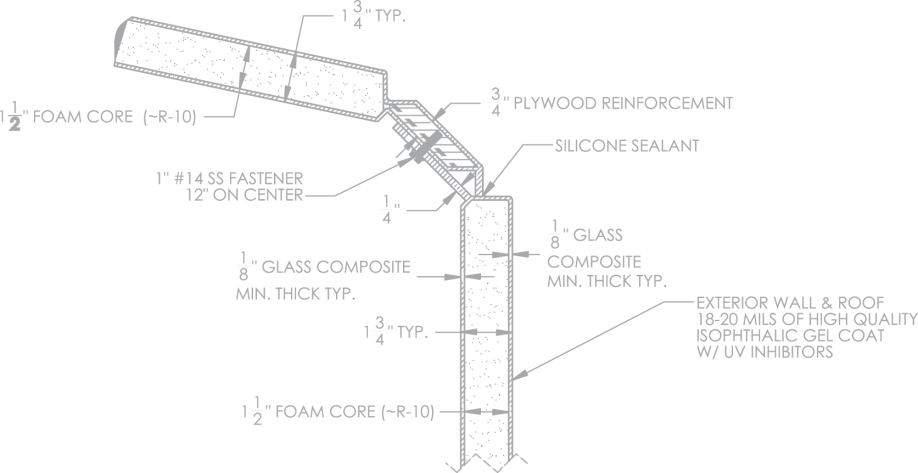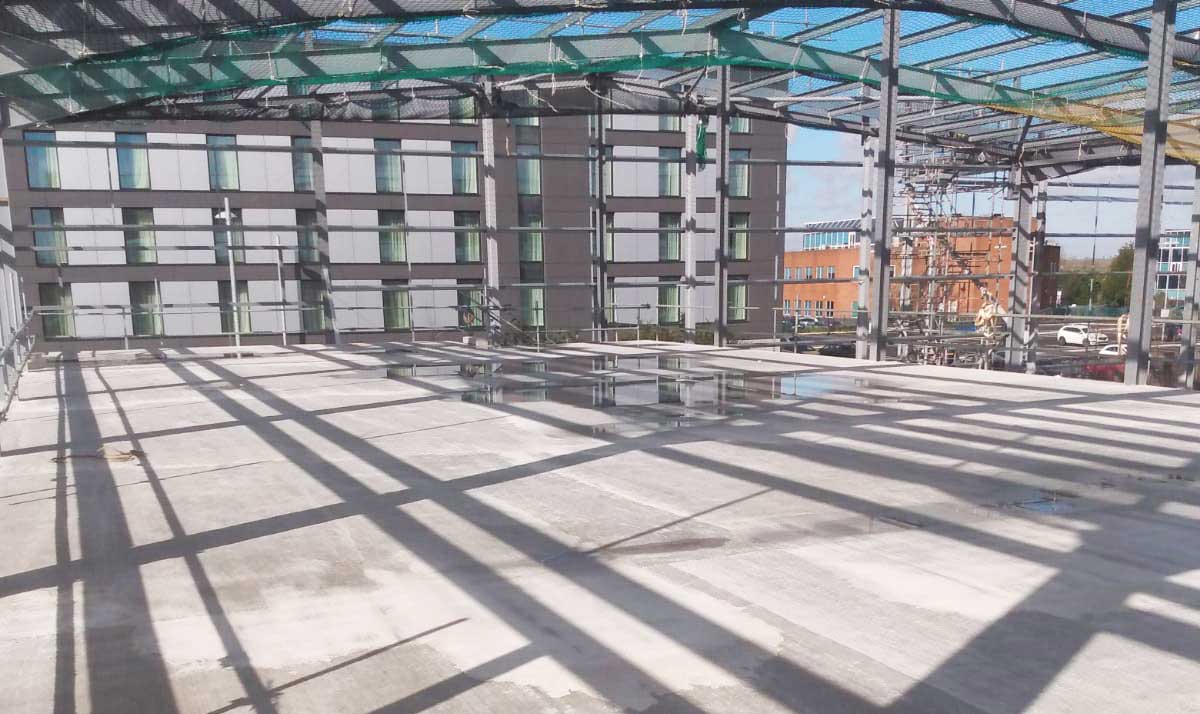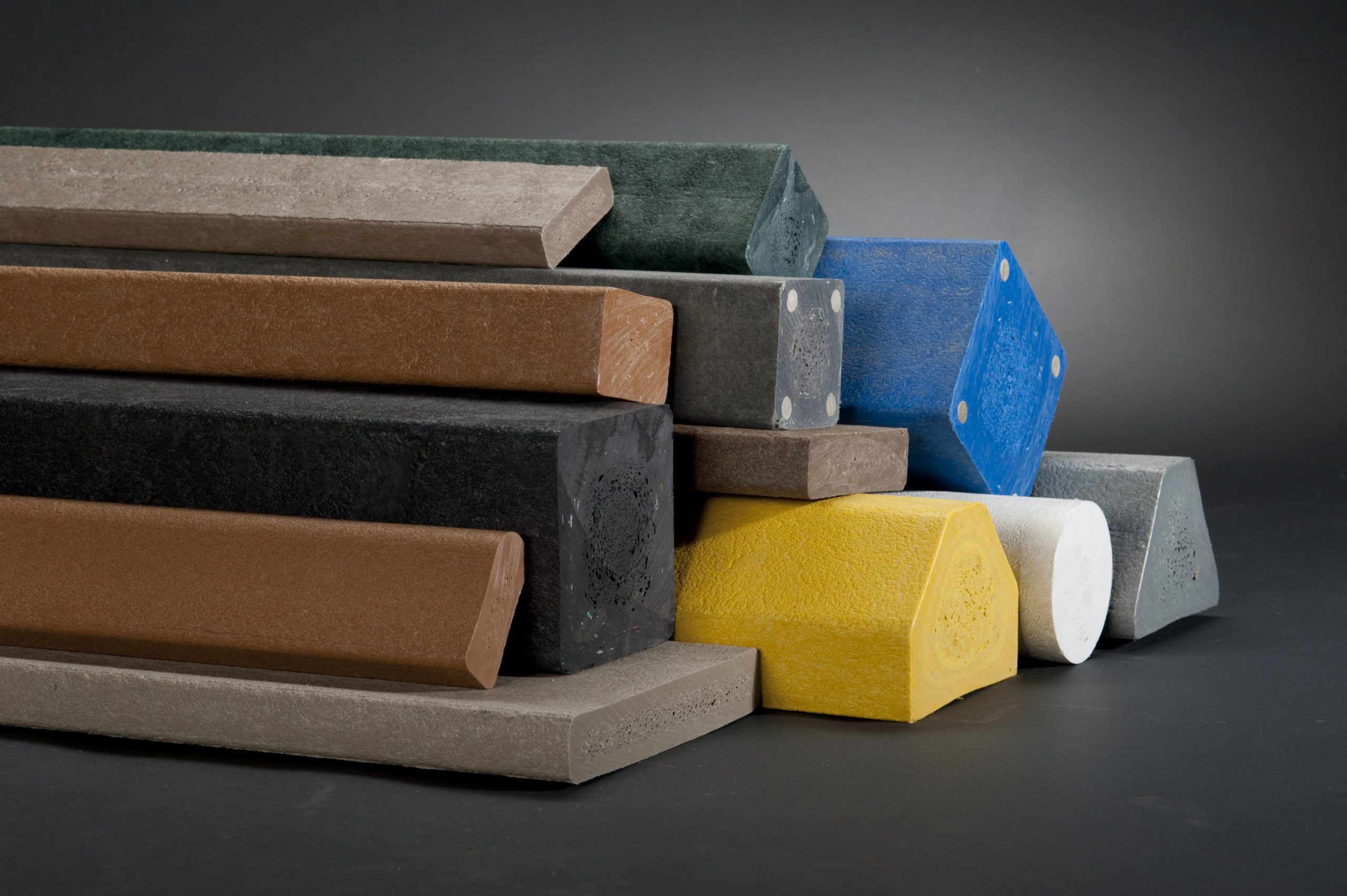Composites: The Future of Sustainable Building And Construction Products
Composites: The Future of Sustainable Building And Construction Products
Blog Article
Opening the Ecological Benefits of Recycled Compounds in Construction and Layout
In the realm of construction and style, the usage of recycled compounds holds significant pledge for enhancing sustainability methods and lowering environmental effect (composites). By including these innovative products, there is a potential to deal with critical problems such as waste reduction, power preservation, and a decrease in carbon impact. The change in the direction of a more sustainable future in these markets depends upon opening the complete possibility of recycled composites. This discussion will check out the complex advantages and challenges connected with integrating recycled compounds right into construction and design, providing a peek right into the transformative opportunities that exist ahead.

Environmental Impact Reduction
The reduction of environmental influence with the use of recycled composites in construction and layout plays a crucial duty in lasting methods. By incorporating recycled compounds into building products, the building industry can significantly decrease its carbon impact and add to an extra environment-friendly future. These sustainable products, made from repurposed plastics, wood fibers, or various other recycled aspects, supply a sensible option to traditional building and construction materials without endangering on high quality or sturdiness.
Recycled composites help divert waste from landfills and minimize the need for removing basic materials, hence saving all-natural resources. Additionally, the production process of these composites usually takes in much less energy and releases fewer greenhouse gases compared to producing virgin materials (composites). This change towards using recycled composites not only decreases environmental harm however additionally promotes a circular economic situation by motivating the reuse of products that would certainly otherwise be thrown out
Waste Minimization
With a concentrate on minimizing waste in building and layout, the integration of recycled composites provides a lasting solution to reduce environmental influence. Waste reduction is a crucial aspect of sustainable methods, and using recycled composites presents a chance to attain this objective properly. By utilizing materials that have already served their preliminary objective, such as recycled plastics or redeemed timber fibers, the construction and style sectors can significantly lower the quantity of waste created and sent out to landfills.
Recycled composites have the potential to divert considerable quantities of waste from typical disposal approaches, adding to a more round economic situation where sources are made use of efficiently. Additionally, the production procedure of recycled composites commonly takes in less power and creates fewer discharges compared to virgin materials, further reducing the environmental impact of building and construction and layout tasks.
Executing waste minimization techniques through the unification of recycled compounds not only helps in conserving natural deposits yet also promotes an extra sustainable method to building and making for a greener future.
Power Conservation
Incorporating recycled composites not only reduces waste in building and style yet also plays a crucial role in enhancing energy conservation practices within the industry. The use of recycled compounds in building and construction can considerably contribute to energy conservation through numerous methods. By advertising the usage of recycled compounds in building and construction and design, the industry can make significant strides towards achieving power performance and lowering its carbon impact, eventually contributing to a more sustainable constructed setting.
Carbon Impact Reduction
Enhancing sustainability practices through the utilization of recycled composites in building and style considerably decreases the carbon footprint of the sector. By integrating recycled materials into the production of compounds, the need for virgin sources reduces, causing lower power usage and greenhouse gas emissions related to standard manufacturing processes. This reduction in carbon impact is vital in combating climate adjustment and promoting a more environmentally friendly technique to building and design.
In addition, the use of recycled composites likewise helps in drawing away waste from landfills, therefore minimizing the ecological impact of disposal and advertising address a circular economic situation. The carbon footprint decrease achieved with the fostering of recycled compounds lines up with the international push in the direction of sustainable methods and the decrease of industrial exhausts. It showcases a commitment to responsible resource monitoring and a change towards greener alternatives in the building and construction and style he has a good point markets. Eventually, by focusing on the integration of recycled composites, the sector can make significant strides in reducing its carbon impact and adding to a much more lasting future.
Lasting Future
The combination of recycled compounds in building and design not just addresses immediate ecological issues but additionally lays a strong foundation for a lasting future in the industry. By including recycled composites right into building products and products, the building and design markets can substantially decrease their dependence on virgin sources, causing an extra round economy. This shift in the direction of sustainability is essential for reducing the ecological impact of typical construction techniques, which often lead to high degrees of waste generation and resource exhaustion.

Conclusion
To conclude, recycled compounds supply substantial ecological benefits in building and construction and layout by reducing ecological influence, lessening waste, saving energy, decreasing carbon footprint, and advertising a lasting future. Welcoming the usage of recycled compounds can add to an extra visit this website environmentally-friendly strategy to structure and design, ultimately resulting in a more lasting and greener future for all.
The decrease of ecological effect through the usage of recycled compounds in construction and layout plays a crucial duty in lasting practices.With a focus on minimizing waste in building and construction and design, the assimilation of recycled composites offers a lasting service to reduce ecological impact. By promoting the usage of recycled composites in construction and layout, the industry can make substantial strides towards achieving power efficiency and lowering its carbon impact, ultimately adding to a more lasting built setting.

Report this page